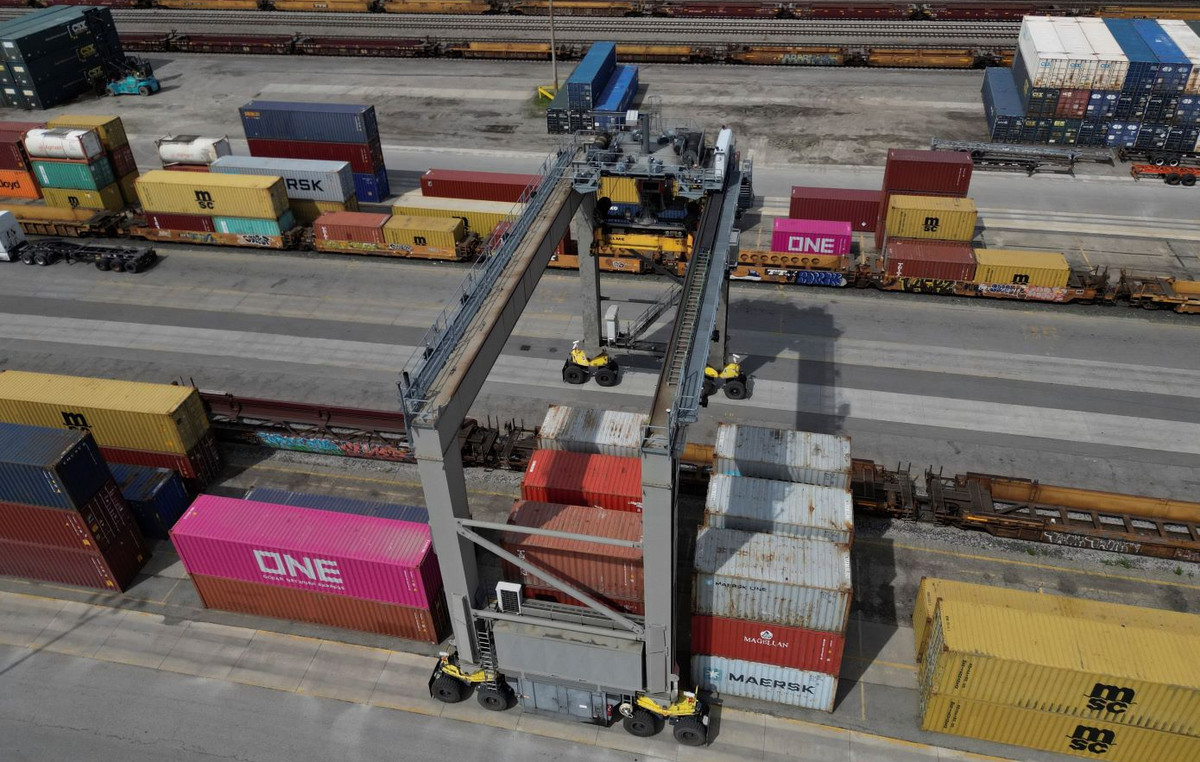Research groups from seven universities in the Amazon came together to create the Amazon Mercury Institute (Iamer) with the aim of joining efforts in the study of metal contamination in the region. The idea is to produce scientific research, professional training and community engagement to tackle the problem, which affects the environment and public health of communities.
The institute involves researchers from the federal universities of Pará (UFPA), Oeste do Pará (Ufopa), Amapá (Unifap) and Rondônia (Unir), in addition to the University of Gurupi, in Tocantins (UnirG) and the State University of Amazonas (UEA).
“Iamer’s actions facilitate the work being carried out by many groups in the Amazon, because it brings visibility and coordination capacity when it comes to obtaining resources. It will improve the performance of public spending for these actions. The idea is to support each other, here in the Amazon”, explains Iamer coordinator, Maria Elena Crespo López, who is also a professor at UFPA.
Mercury is a metal that, at room temperature, presents a liquid form used in mining, to separate gold from minerals with no commercial value. In this process, mercury ends up spreading through the water, soil and atmosphere (since it also volatilizes in the process of separating from the gold).
This not only generates environmental pollution, it also contaminates plants, fish and, consequently, the people who consume them.
One of the institute's first proposals is to create at least one center to test people for mercury contamination in each Amazonian state. Another proposal is to gather reliable and realistic data to support public policies with lasting effects in the Amazon, such as the approval of Bill 1011/2023, which is being processed in the Senate and which aims to establish the National Policy for the Prevention of Exposure to Mercury in Brazil.
“The impact of mercury on the Amazonian population goes far beyond neurological problems in cases of acute poisoning. But the big problem is that, even in low quantities, when a person is continually exposed, it starts to affect the heart, children's learning and there is also social security costs.”
Maria Elena warns, however, that the problem goes beyond the Amazon borders, since once in the water and atmosphere, mercury can travel great distances. “Science has already demonstrated that mercury generated in South America — 80% of it originates from the Amazon — reaches regions as far away as the Arctic. If the mercury generated in the Amazon is reaching the Arctic, it is reaching all of Brazil.”
Furthermore, food products contaminated by mercury may be sold in other locations. Iamer starts operating this Tuesday (21) and has the support of the non-governmental organization WWF-Brazil and the Ministry of Justice.
Source: CNN Brasil
I’m James Harper, a highly experienced and accomplished news writer for World Stock Market. I have been writing in the Politics section of the website for over five years, providing readers with up-to-date and insightful information about current events in politics. My work is widely read and respected by many industry professionals as well as laymen.







